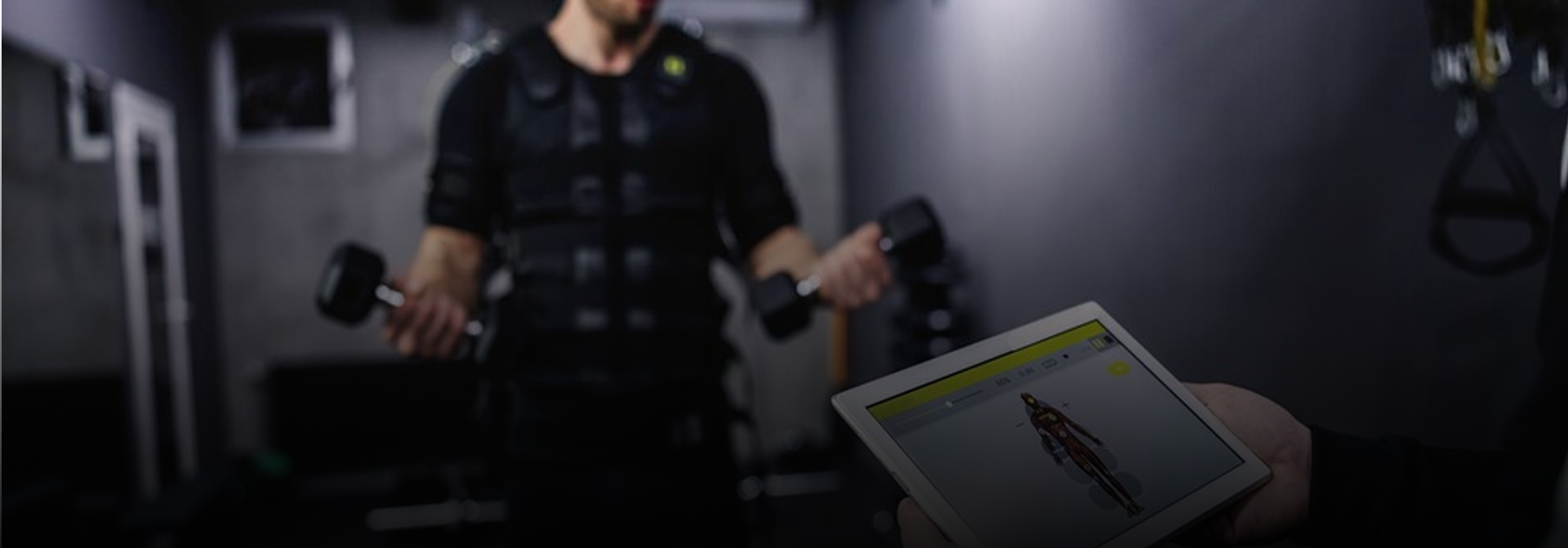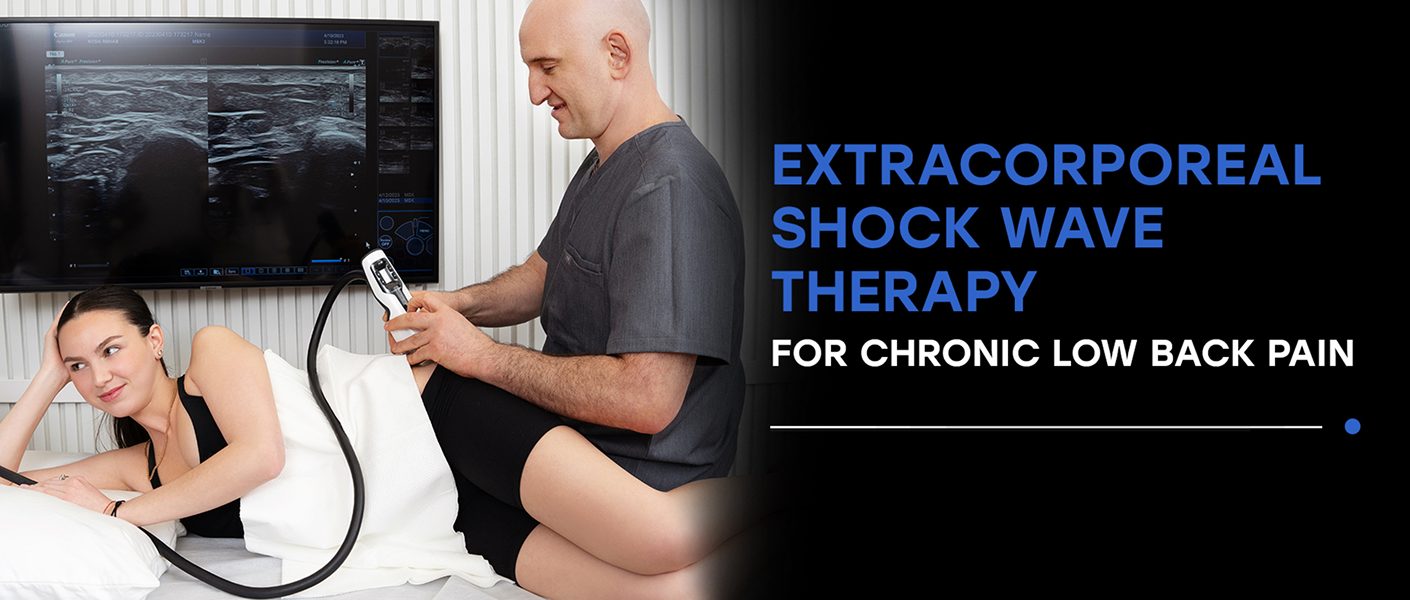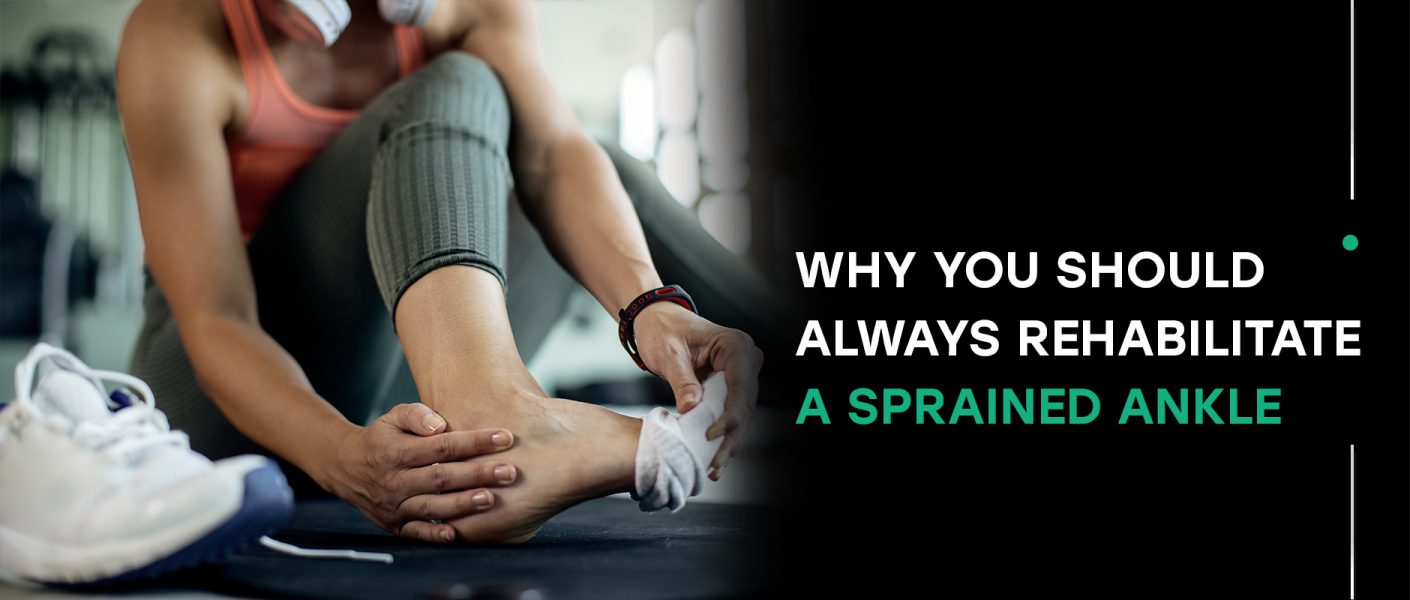New York Dynamic Neuromuscular Rehabilitation & Physical Therapy

Everyone knows about the importance of exercise, but many give up when pain sets in. Functional patterns training is a methodology for re-educating your body’s tissues to move freely, without pain, stiffness or friction. Learn why NYDNRehab is the sports medicine clinic of choice for Functional Patterns Training.
Read More
Chronic low back pain (LBP) is widely prevalent world-wide, and a leading cause of long-term disability. The United States, Australia, and Eastern Europe have the highest prevalence of LBP, with upwards of 225 cases per 100,000 population, according to a recent study published in Frontiers in Medicine. While trauma and overuse play a role, researchers […]
Read More
Ankle sprains are extremely common among physically active populations, accounting for up to half of all sports injuries in the USA, and researchers estimate that fewer than half of ankle sprains sufferers seek medical attention for their injury. Of ankle injuries that do receive medical attention, as many as 40% are thought to be misdiagnosed […]
Read More